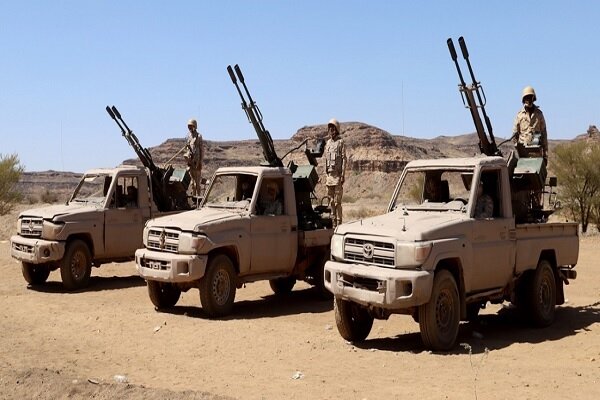The American magazine The National Interence quoted a report from the New York Times that Yemeni surface-to-air (SAM) missiles barely missed the fifth generation American F-35 fighter jet, the crown jewel of US fighter jets.
The incident raises questions about the survivability of one of America’s most advanced fighter jets, and raises concerns about how effective a relatively unsleashed Houthipe-led government air defense system is.
According to a report in the US media, “Several American F-16 and F-35 fighter jets have been nearly hit by Houthi’s air prevention, bringing the possibility of American casualties to reality,” he posted on X, adding that Houthis managed to shoot down “$30 million, about $7 million).
Houthi’s air defense system is basic. But it is very mobile. This means that defense systems can pop up anywhere, making them unpredictable and difficult to plan. Furthermore, the simple nature of the system also helps avoid previous detection by advanced American equipment.
This report has named Yemenis air defense systems. Houthis also says it owns several modern systems courtesy of Iran, such as the Barq-1 and Barq-2 SAM. Although the exact capabilities of the SAM are unknown, Houthis claims that the Barq-1 and Barq-2 have a maximum range of 31 and 44 miles, allowing them to attract targets at altitudes of 49,000 and 65,000 feet, respectively.
The report continued to ask questions. A close mistake between the US F-35 and Houthi Sam raises greater questions about the larger conflict. That is, if rebel groups are successfully disrupting US air operations in airspaces above Yemen, how can the US expect to do effective airspace in airspaces with more sophisticated enemies? Also, if the F-35, a fifth-generation stealth fighter with ultra-low radar cross-section (RCS), is vulnerable to Cold War era Sam defense, how will the F-35 (or the rest of the US fleet) pay for modern air defense systems?
The contribution author concluded that on the ground, they possess more expensive and sophisticated systems, so they are confident that the availability is more expensive or does not guarantee uninterrupted success. Low-tech systems can certainly hinder the effectiveness of high-tech systems.
MNA

